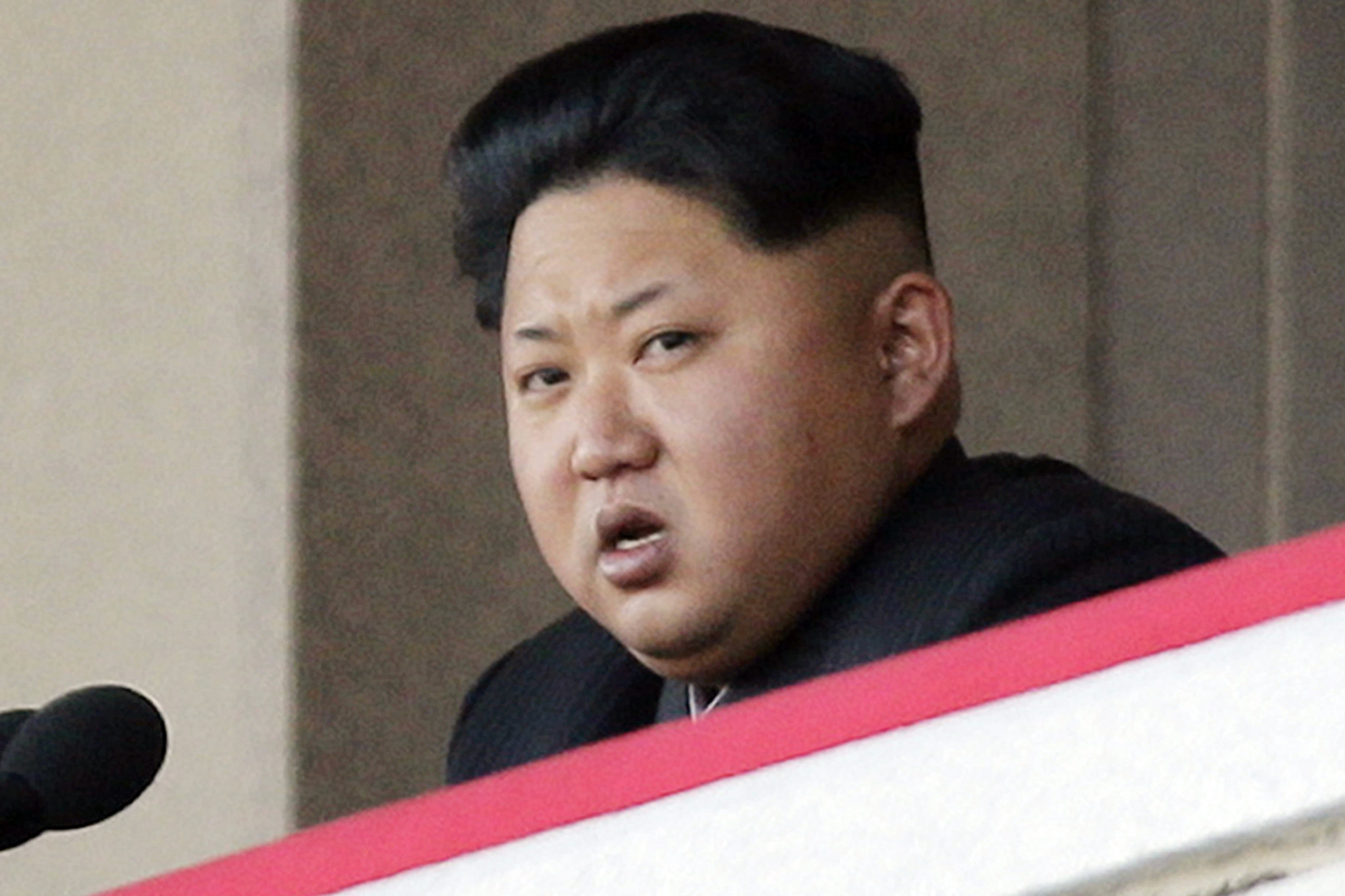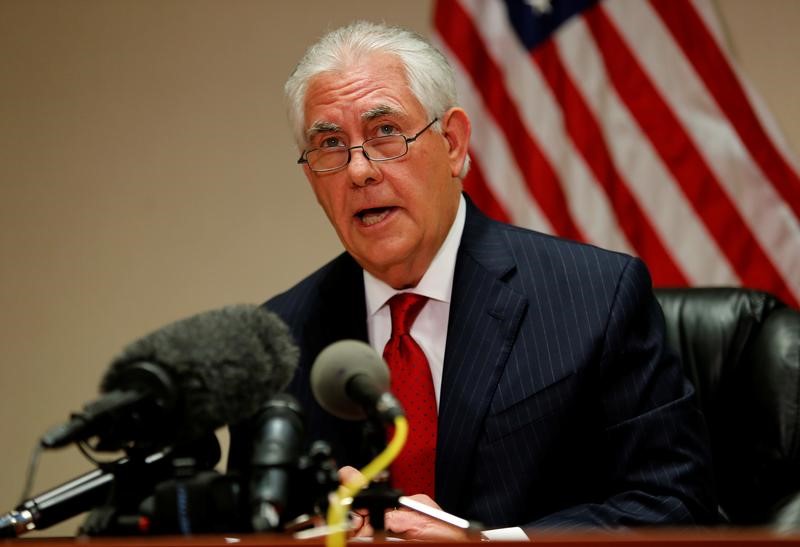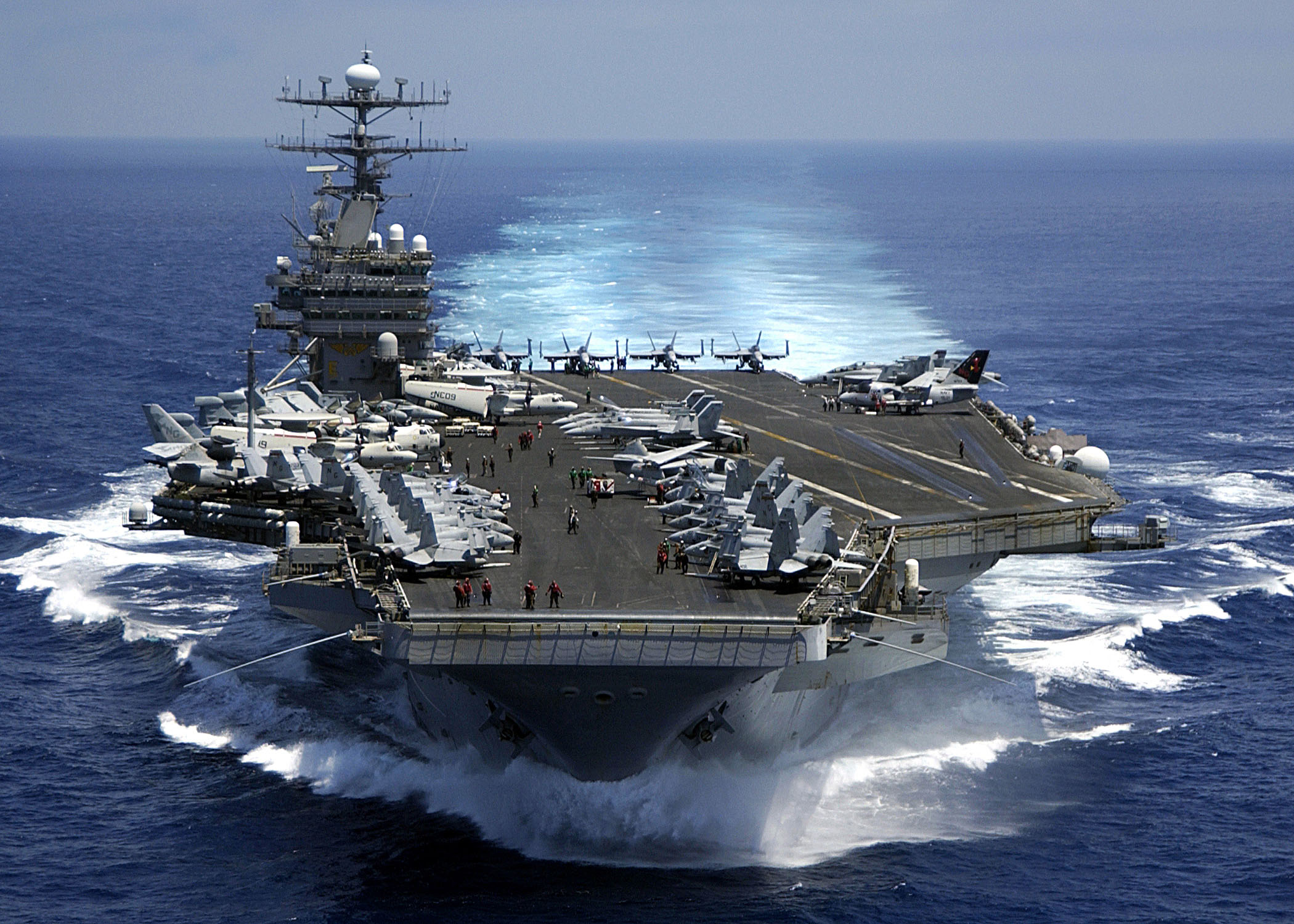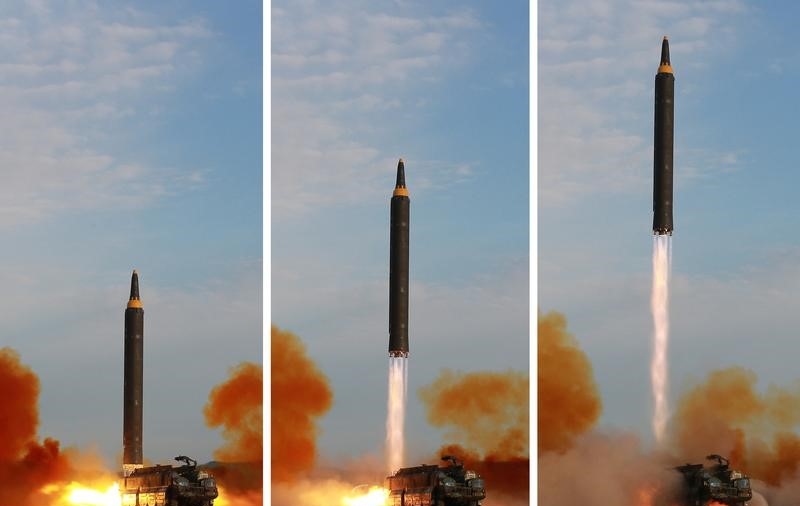North Korea’s last missile test on Sept. 15 puts the regime on the cusp of meeting a 60-day no launches-no tests requirement that the United States has set as a prerequisite for negotiations—sort of.
It’s been 56 days since North Korea last launched a missile, raising questions about why the regime has paused its provocations as President Donald Trump visits the Asia Pacific region.
Previously, the Kim regime would appear to time their provocations with visits by high-ranking officials.

In March, North Korea tested mobile-launched missiles one week after a trip to Asia by Secretary of State Rex Tillerson. Then in April, the regime fired another missile as Vice President Mike Pence was making his way to South Korea. In August, the regime fired three short-range missiles into the Sea of Japan three days after Tillerson said he was pleased the regime had “demonstrated some level of restraint” for what was then considered a pause in launches.
An optimistic explanation for the current pause in missile launches is that the Kim regime is signaling that it is prepared to come to the bargaining table. That would be in line with what Tillerson effectively called for in August.
“The best signal that North Korea could give us that they’re prepared to talk would be to stop these missile launches,” Tillerson told reporters in August.

If that were the case, it would be in sharp contrast to the public statements North Korea continues to make about reducing the United States and Japan to ashes.
But despite the pause, administration sources say the clock doesn’t start running until Pyongyang formally declares that it has begun a moratorium on future launches. That’s because the administration has no reason to know why the regime is not firing the missiles, said a source.
Jenny Town, the managing editor of 38 North, said that is a pretty high requirement to reach.
“Any time in this political environment, when there are active threats being thrown around, North Korea is not going to make concessions before it starts the negotiation process,” she said.

Meanwhile, Pacific Command has three aircraft carriers in the 7th Fleet area of operations, which is responsible for the Asia Pacific region, raising the pressure on the Kim regime.
While Town doubts military posturing will be enough to bring Kim to negotiations, the credible prospect of war on the Korean peninsula has pushed China to enforce sanctions to a degree not previously seen. Other analysts believe North Korea won’t come to the negotiating table with anything less than the threat of regime change. Town disagrees.
One explanation for the lack of tests during the recent high-level visits of Secretary of Defense Jim Mattis at end of October and during Trump’s current trip, is simply that the stakes are too high, she said.
She believes there is also another possible explanation as to why the regime has not conducted any missile tests over the last two months.
“This is the winter exercise cycle. It would be unlikely for North Korea to do any during this time period anyway,” she said.
Town believes that if the Kim regime conducts another missile test, it will be an “at-range” test of a Hwasong-14, North Korea’s two-stage intercontinental ballistic missile that has so far been tested on a “lofted” or vertical trajectory twice before.
From The Epoch Times


